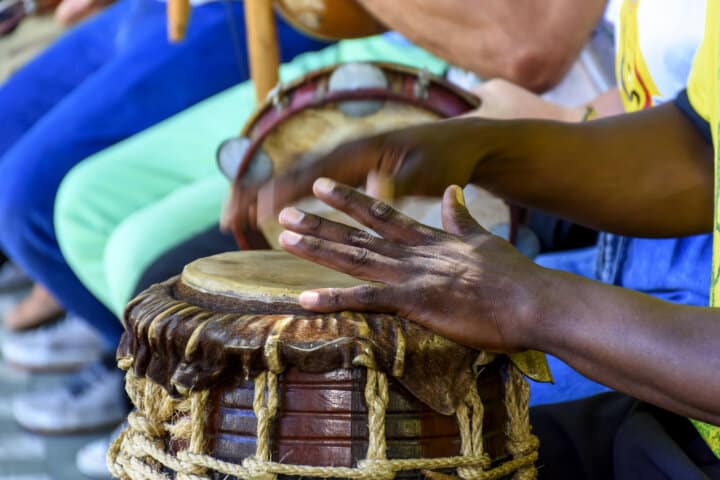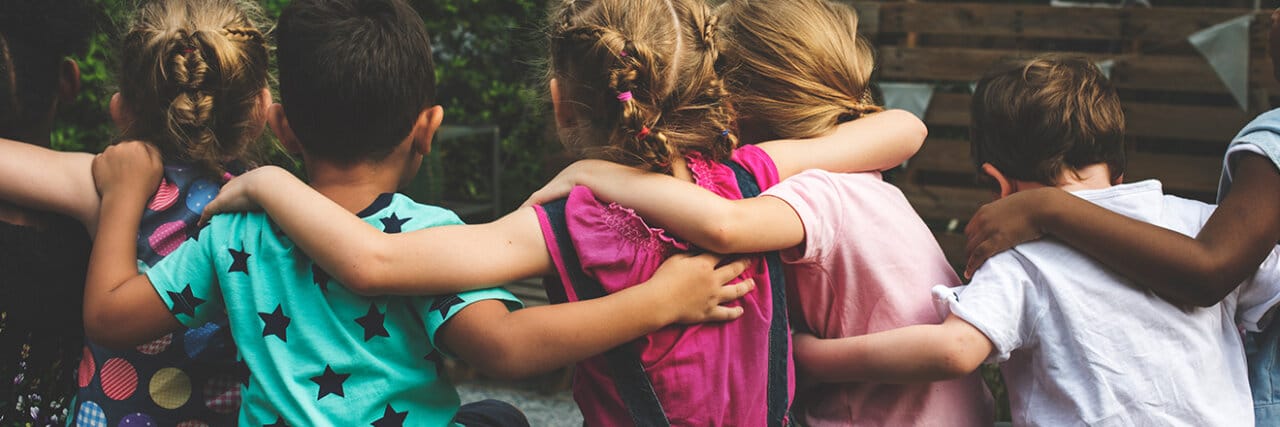Att göra skillnad: Representation, identitet och lärande i ungdomars arbete och berättande med film
Hur använder gymnasieungdomar det egna filmskapandet för att arbeta med frågor som berör deras eget sociala och kulturella sammanhang? Genom analyser av både arbetsprocesser och färdiga filmer undersöker söker Fredrik Lindstrand svaret på frågorna i sin avhandling. Analysen av filmerna vägleds av frågor kring vad ungdomarna berättar i sina filmer, hur detta berättande sker, samt hur de förhåller sig till frågor som berör deras sociala sammanhang i kommunikationen med film.
Fredrik Lindstrand
Professor Staffan Selander
Professor Per Ledin, Humanistiska institutionen, Örebro Universitet
SU – Stockholms universitet
2006-06-10
Att göra skillnad: Representation, identitet och lärande i ungdomars arbete och berättande med film
Making difference: Representation, identity and learning in teenagers’ work and communication with film
Institutionen för undervisningsprocesser, kommunikation och lärande (LHS)
Making difference: Representation, identity and learning in teenagers’ work and communication with film
The purpose of this thesis is to describe and analyse teenagers collective work and communication with film, with a focus on aspects related to representation, identity work and learning. These are held together thematically through the notion of difference, which is regarded as the motivation behind all text making and also as a possible social result of communication.
The empirical data stem from observational studies of three collective filmmaking processes and were collected with methods from the field of visual ethnography. The data consist of (transcriptions of) my video recordings and of the films that were made by the young filmmakers.
Theoretically the study has a social semiotic and multimodal approach, which implies a view of representation as a social process of signmaking. The analyses are guided by the view that all texts simultaneously construct different types of meaning through the ideational, the interpersonal and the textual metafunctions and that various modes are used to contribute with meaning in relation to these different aspects.
The analyses of the films are guided by questions concerning what the groups communicate with their films, how this communication is organised and what they do socially through their filmed representations. As a result, the study shows how the teenagers use filmmaking as a way of dealing with their experiences of their social and cultural context.
The thesis also contributes with an insight concerning the width of possibilities that filmmaking and other forms of multimodal textmaking can offer, stretching from the social aspects of communication to the specific affordances of the film medium itself.
The study simultaneously brings light to the filmmaking processes, with a focus on how the youngsters reflect and make choices along the way. In connection to this, questions are posed concerning the development of the process. The different parts of the process and the various modes that are used at different stages are shown to contribute to the progress of the creative process.
Relaterade länkar

Skolbibliotek
 Åk F–Vux
Åk F–Vux Folk- och världsmusik
 Åk 4–9
Åk 4–9 




